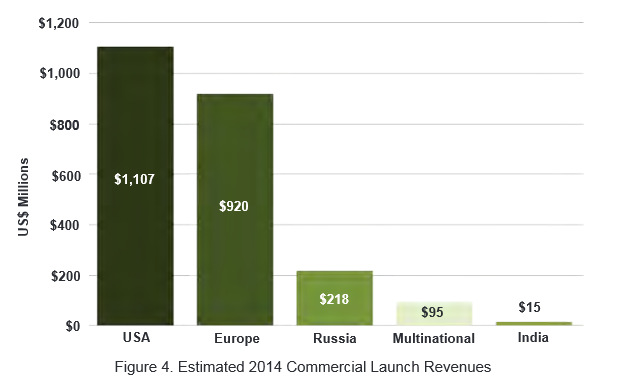ESA provides commercial satellite launches. But is this actually a profitable business?
When you would subtract the cost of any purely scientific activities and only look at the commercial launches, would ESA generate a profit or at least be able to operate without requiring subsidiaries from the member countries? The financial statements in the ESA Annual reports accumulate the costs of both commercial and scientific operations, so it is hard for a layman to tell how much of the expenses are which.
